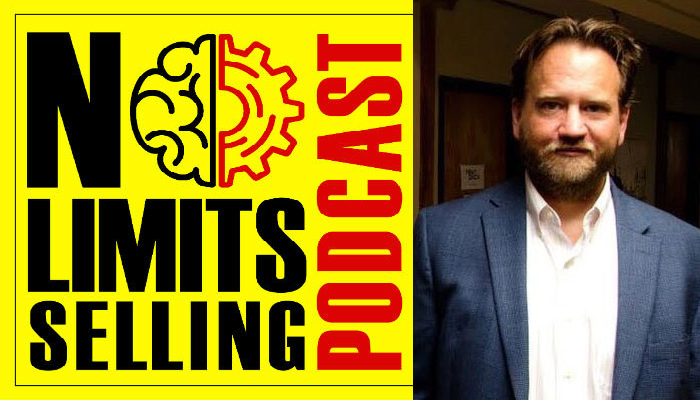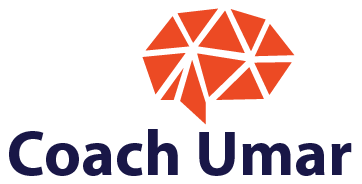Bill Bice on Attracting More Customers
On Episode 77 of The No Limits Selling Podcast, we have Bill Bice, CEO at nQ Zebraworks. Bill Bice has always been an entrepreneur, starting his first company at age 14, putting on road races with corporate sponsors. At 18, he started ProLaw Software, the first integrated ERP for law firms. After selling the company to Thomson Reuters, Bill became a VC as a founding partner in the Verge Fund, investing in high-tech, high-growth companies in the Southwest.
One of the core things that Bill has learned in building and investing in companies is that the go-to-market is always the hardest part of growing a business. He got so frustrated in trying to get great marketing for his companies that he decided to tackle the problem. A programmer at heart, Bill founded Boomtime, tackling marketing as a technology problem. It turns out that when you follow the data, really good things happen. That’s why boomtime built the world’s first marketing-as-a-service platform: fuse. boomtime’s marketing strategists follow the data: they already know what will work. Instead of reinventing the wheel, boomtime applies proven marketing techniques at scale.

Contact Bill:
[EDITOR’S NOTE: This podcast is sponsored by No Limits Selling. It is a fun, fast-paced podcast that delivers hard-fought business advice that you can implement today to improve your sales and performance]
Interested In Our Real Estate Coaching Services? Explore Our Website: Link
Feeling Not Well Today? You Can Use Our Mindset Boosters App To amp Up Your Mood: Link
Find us on Social Media:
LinkedIn | Facebook community | Instagram
Like what do you listen to? Subscribe to our podcast!
Ready to become fearless? We can help you become fearless in 60 days so you accomplish more in your career Schedule A 15 min Call with UmarSummary
Introduction and Background
The podcast begins with Umar Hameed introducing Bill Bice, the CEO of boomtime and Zebraworks. They discuss the challenging nature of sales, especially in the current times.
Building Stronger Relationships
Bill Bice emphasizes the importance of building stronger relationships with prospects to convert them into customers. He suggests that the key to this is constant activity and communication with the network that you've built. Content plays a crucial role in this process. Regular posts that offer an inside perspective and share your expertise without being salesy can help build these relationships.
Content Strategy
The conversation then moves to the topic of content strategy. Bice suggests that posts on LinkedIn should be both on the platform and on your website. He explains that the LinkedIn algorithm doesn't favor pulse articles, so it's better to post the content on LinkedIn and your website. He also recommends not linking directly to the article in the post, as changing how you do your posts can lead to four to six times more organic engagement.
Sharing Expertise
Bice and Hameed discuss the importance of sharing your expertise. Bice believes that your most valuable advice should be the cornerstone of your content strategy. Even though clients may not want to do what you advise, sharing your expertise shows them that you are indeed an expert and they will come to you to get things done.
Voice and Tone
The podcast also touches on the importance of getting the voice and tone right for your business. Bice believes that a conversational approach is generally more effective, but it's important to constantly test to figure out what works best for your specific business.
Advice for Startups
Towards the end of the podcast, Bice offers advice for startups. He identifies the biggest mistakes as talking about yourself, which doesn't work, and inconsistency in marketing. He emphasizes the importance of picking a strategy and sticking with it long term. He also warns about the cycle of marketing being ignored when business picks up, which can lead to things slowing down again.
Conclusion
In conclusion, the podcast with Bill Bice, CEO at nQ Zebraworks, provides valuable insights into building stronger relationships with prospects, the importance of a consistent and effective content strategy, and the necessity of sharing expertise. Bice emphasizes the need for constant communication and activity in your network, leveraging LinkedIn and your website for content distribution, and the significance of a conversational tone in communication. He also offers crucial advice for startups, highlighting the pitfalls of self-focus and inconsistency in marketing. The podcast underscores the importance of long-term commitment to a chosen strategy and the humanization of businesses for better engagement and sales opportunities.
Questions & Answers
What is the importance of building strong relationships in sales?
How can I improve my content strategy for LinkedIn?
What role does sharing expertise play in content strategy?
How can I get the voice and tone right for my business?
What are the biggest mistakes startups make in marketing?
What is the Key takeaway from the podcast with Bill bice, CEO at nq zebraworks?
Don’t miss this opportunity to transform your real estate career with one-on-one coaching. As an experienced real estate coach, I, Umar Hameed, am dedicated to helping you unlock your full potential and achieve your real estate goals. To learn more about who am I and my clients ↓
If you’re ready to take the next step, book an appointment with me today and begin your journey toward success in the real estate industry.
